Disclaimer: This page contains advertisements and/or affiliate links. We receive compensation from clicks and/or purchases made through these links. Though we may not have tested the specific product(s) mentioned, we do our best to recommend products that are beneficial to our visitors.
What are Saltwater Refugiums and Do I need One?
Last updated on November 17th, 2023

What is a Saltwater Refugium
A saltwater refugium is a separate area, often in the aquarium sump or a hang-on-back refugium variety, where macroalgae and microfauna such as copepods can grow. Keeping a saltwater refugium allows macroalgae to grow without fish eating it or the macroalgae overrunning your main reef tank.
Another use for a saltwater refugium is to provide a place for copepods and other isopods to live and multiply. As these copepods get pulled through the return pump, into the display tank, they are a free, high nutrient snack for your fish. In fact, some picky eater fish, such as the blue mandarin dragonet, will only eat these pods for a long period of time while adjusting to the aquarium life.

Saltwater Refugium Benefits
The Benefits of a Saltwater Refugium are amazing to say the least. Saltwater refugiums provide a number of benefits in regards to biological filtration. Saltwater refugiums are a safe location to keep macroalgae that removes nitrates and phophates from your reef tank as it grows. Additionally, copepods and amphepods, will live in the saltwater refugium, eating small algae particle. Then they will eventually find their way in to the display tank where fish can eat them as a high nutrition food source.
Recommended Articles
Grow Macroalgae in your Saltwater Refugium
The first benefit of a Saltwater Refugium is to provide a space for macroalgae to grow. Macroalgae often grows quickly and can be invasive in the Reef Tank. Meaning it is best to keep macroalgae out of the main tank and contained to the saltwater refugium. Preventing it from overgrowing your display tank.
If macroalgae is invasive, why keep it at all? Macroalgae absorbs nitrates and phosphates in order to grow, removing these nutrients from your reef tank. As the macroalgae grows, absorbing the nitrates and phosphates, you can remove chunks of the macroalgae to remove these nutrients from your tank forever!
Grow Copepods in the Saltwater Refugium
Another benefit of the Saltwater Refugium is providing a location for copepods and other pods to grow and multiply. These copepods are a high nutrient food for even the pickiest eaters! Copepods are one of the only foods that some fish, such as the blue mandarin, will eat. Beyond free food for your fish, copepods will help clean your reef tank by eating algae in the water. Just another method of keeping bad algae out of your display tank.
Biological Filtration in the Saltwater Refugium
The next benefit of a Saltwater Refugium is to provide a location for beneficial bacteria to grow and
Saltwater Refugium Setup
Saltwater Refugium Setup is fairly simple. Most saltwater refugium setups are kept within a chamber in the sump.
This means you would need a chamber in your sump to start your refugium. If you don't have space in your sump,
don't worry! There are other methods of saltwater refugium setup such as an external or
The HOB Saltwater Refugium can be placed on the tank itself, or even on the sump. Regardless of where the saltwater refugium goes, the setup inside the saltwater refugium is usually very similar to if it were in a chamber in the sump. Another option is an in-tank refugium that is essentially a chamber you can set in your sump after the fact.
Saltwater Refugium Setup - Substrate
There are a variety of Saltwater Refugium Substrate options available. The purpose of the saltwater refugium substrate is to provide as much surface area possible for beneficial bacteria to grow. Reducing the nitrates in the aquarium. Additionally, this substrate provides an environment for the copepods and amphepods to thrive. The most common of saltwater refugium substrates are rubble rock, sand, and miracle mud. All of these options will provide ample surface area for Biological Filtration to occur, and have their own advantages and disadvantages.
The first of these saltwater refugium substrates, and one of the most recommended, is
The most popular saltwater refugium substrate is Live Sand. Specifically, a deep sand bed is the most common saltwater refugium substrates found in most reef tanks. Due to the nitrate concerns with deep sand beds in display tanks, it is debated whether deep sand beds should be used in the slatwater refugium as well. In short, the sand bed in a saltwater refugium should be treated, and cleaned, the same way as the sand bed in your reef tank.
On occasion you should siphon debris and waste from the saltwater refugium substrate. Keeping sand sifting invertabrates such as nesarius snails will help keep the saltwater refugium substrate clean.
Finally, miracle mud is a less common saltwater refugium substrate. Miracle mud is a product designed specifically for reef tanks as a way of reducing nitrates without the need for a deep sand bed. Miracle mud claims that a 1 inch mud bed in the salwater refugium works as well as a 6 inch deep sand bed. Claiming these benefits without the risk of a nitrate trap. Additionally, miracle mud supplies trace and minor elements to the reef tank. The only downside is that you need to replace 50% of the mud each year. Seemingly a small cost for the added benefits to your saltwater refugium.
When determining how much miracle mud to buy, you will need roughly 1Lb per 13-20 cubic inches. Your best bet is
to use the chart provided by
Live Rock in the Saltwater Refugium
After choosing a saltwater refugium substrate, another common piece of the saltwater refugium is live rock. Much like in the display tank, live rock provides a hiding place and surface area for beneficial bacteria to grow. It also provides somewhere for you to store extra rock that you may want to use later.
Though common in the saltwater refugium, there are alternatives to live rock. Simply using
Macroalgae and Plants in the Saltwater Refugium
Macroalgae is often found in saltwater refugiums as a way of removing nitrates and phosphates. As the algae grows, it absorbs nitrates and phosphates. You can then remove the extra macroalgae from your saltwater refugium to remove the nitrates and phosphates from your tank!
Common macroalgae in refugium for reef tanks include chaeto and caulerpa. Cheato is in the lead by a lot as it is easy to find, grows quickly, easy to remove, and doesn't spread as quickly as other macroalgae. This makes chaeto a winner in most regards. The downside of cheato is the appearance. It is ugly to look at but it is best to put function before appearance, especially since it will be in a refugium so you likely wont see it.
Caulerpa, especially Feather Caulerpa, has most of the benefits of chaeto and looks great too! The downside isthat it grows into rocks and is seemingly impossible to get out of a tank once it's there. If you're going to add caulerpa to the saltwater refugium, make sure it's what you really want for the long haul, since full removal is nearly impossible.
A common alternative to macroalgae is to grow mangroves in the your saltwater refugium. Though mangroves require substrate to grow, and do best in miracle mud, they pull a lot of nutrients from the tank, and just look cool overall. Making mangroves an interesting alternative for refugium nutrient control.
Saltwater Refugium Lighting
Finally, you should consider saltwater refugium lighting. Though reef tank lighting is often blue to help coral
grow, saltwater refugiums often require a different spectrum. Macroalgae, like most plants, requires light in the
red spectrum in order to grow. This is why some of the most common saltwater refugium lights, such as the
Best Light for the Saltwater Refugium
There are many options for reef refugium lighting, much like
That being said, when I switched from a 2 bulb T8 Shop Light to an LED Refugium Light with a red focus, I went from nearly no growth, to about a 1/2 gallon growth per month of cheatomorpha. With really high nitrates, I decided to try something different. I added on a CANAGROW 100W Waterproof Grow Lights, and now I am seeing between 2 and 4 gallons of macroalgae growth per month!
At about 1/3 of the cost and 4+ times the growth, I HIGHLY encourage giving the CANAGROW 100W Waterproof Grow Lights a try. Despite what the name may imply, these lights are GREAT at growing any type of plant, including algae!

Conclusion
The saltwater refugium provides a variety of ways to remove nitrates and phosphates from your reef tank utilizing Biological Filtration. There are clean and modern approaches including bare bottom refugiums with biobricks and pod hotels, all the way to more natural looks including live sand or miracle mud with rocks and macroalgae. Like most other parts of this hobby, you will have to pick the method fits your needs and budget. The best option may be more expensive but may also be much more than you need. Or perhaps you enjoy the natural component and would prefer to keep things simple.
No matter what approach you take, I hope this article was helpful! Please share this article and help others understand saltwater refugiums!
About the Author
John Krenzer

John is a Software Engineer with a passion for saltwater aquariums, as well as the founder and president of Reef Stable. He started in the aquarium hobby as a child with a 20 gallon freshwater aquarium. His interest in aquarium life grew and in 2008, John set up his first saltwater aquarium.
Today, John maintains an over 300 gallon reef tank system, consisting of a 120g reef and a 210g reef. These large tanks are contained within the same system, sharing a sump as a means to reduce total maintenance and increase total water volume.
John writes articles for the blog as a means to learn about more reef aquarium topics. These articles act as a reference for the readers as well as himself. John updates these articles frequently to provide additional information or make corrections as new information becomes available.
If you would like to request an article, tank tour article, or to collaborate, let me know via the


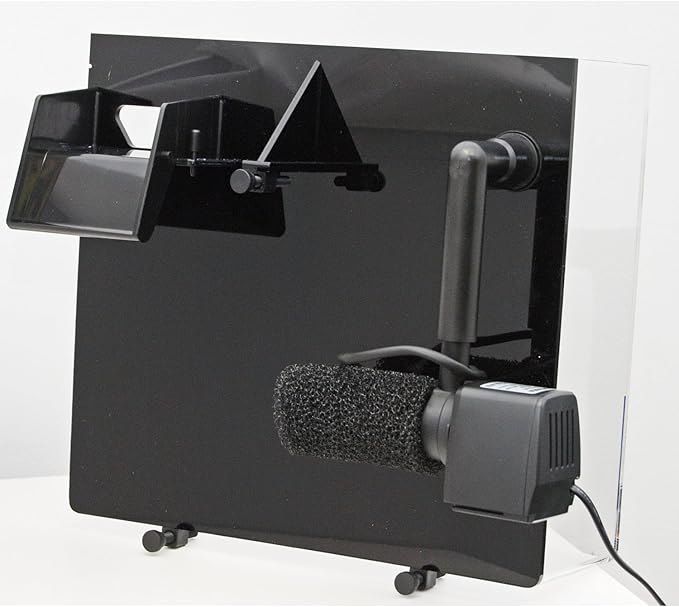
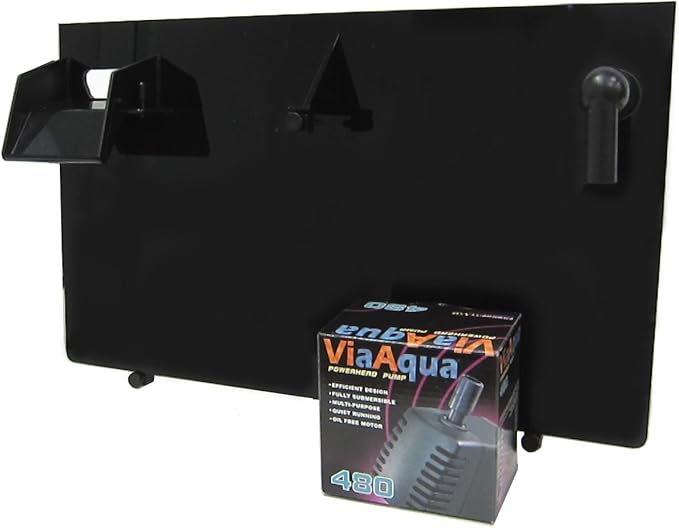


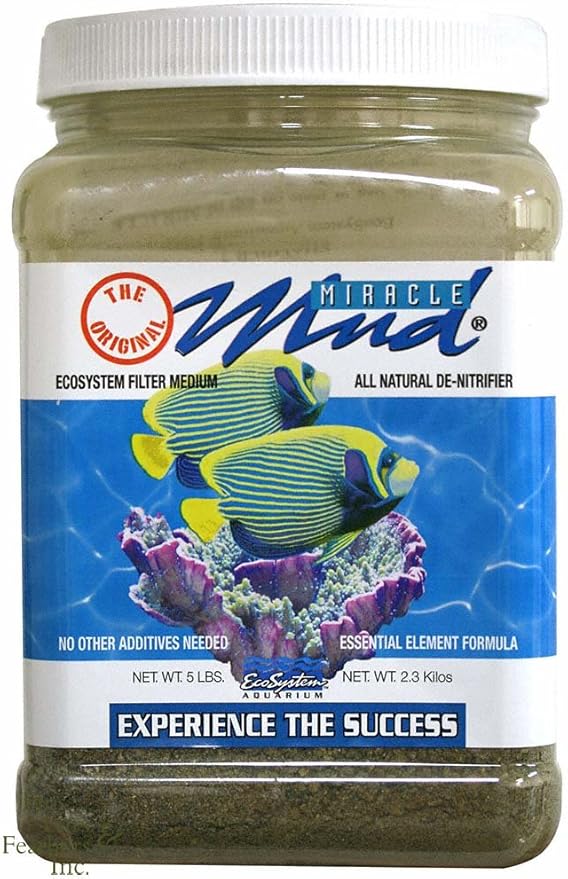
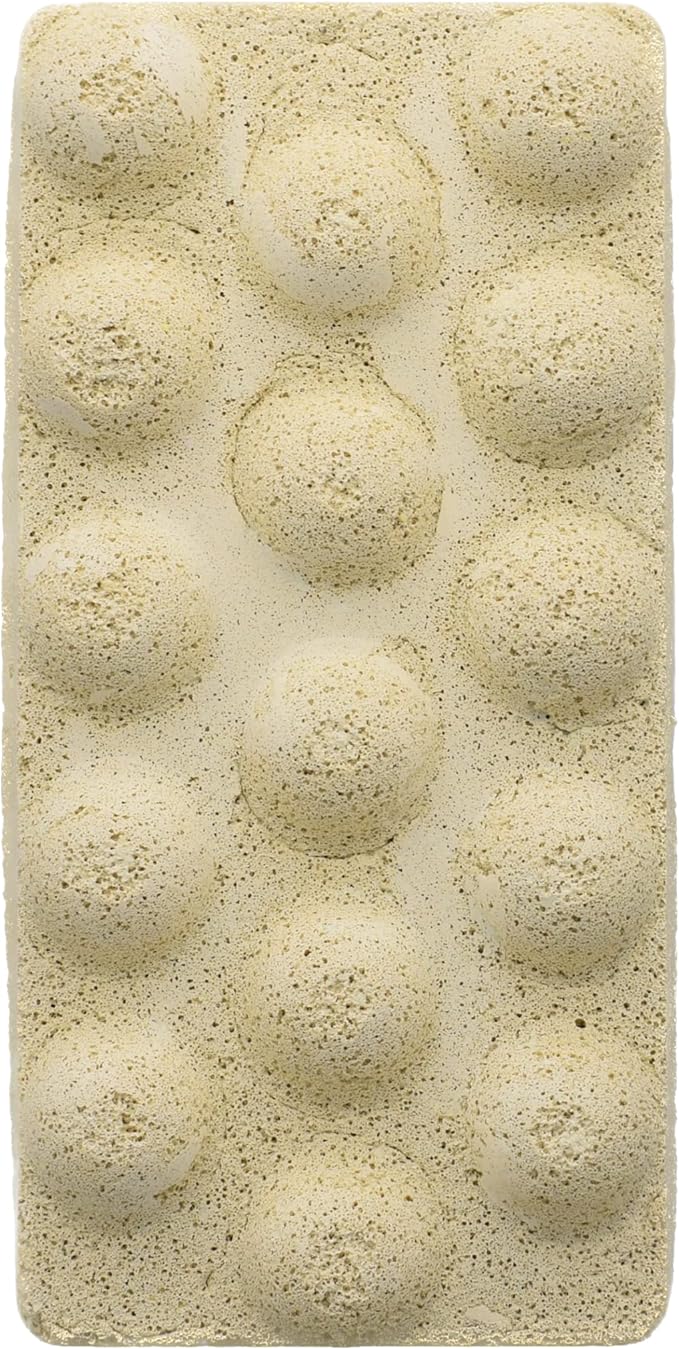

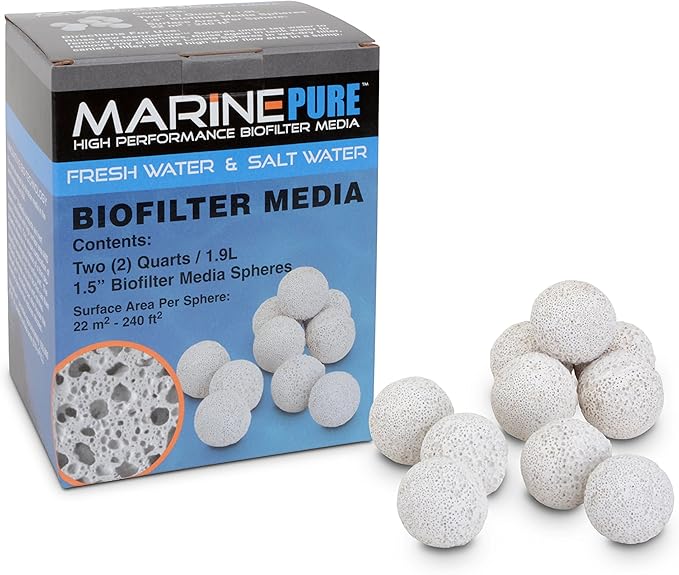


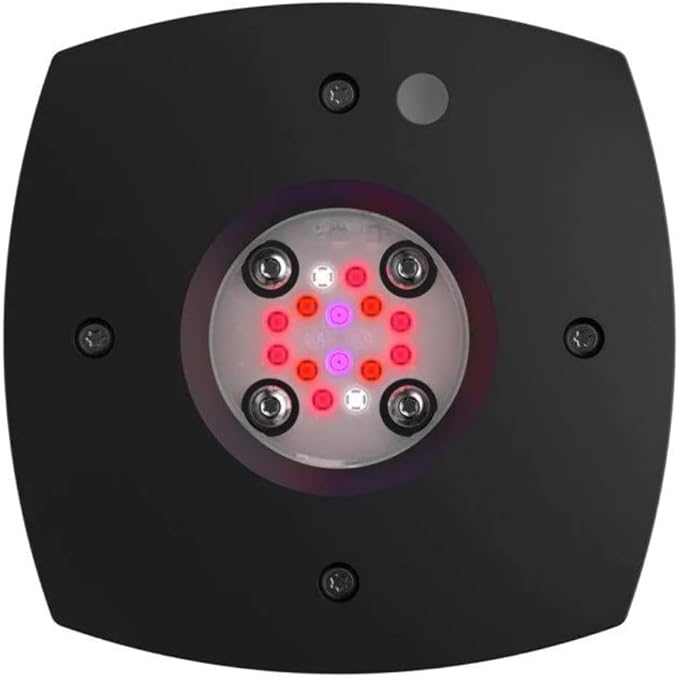





Social Media